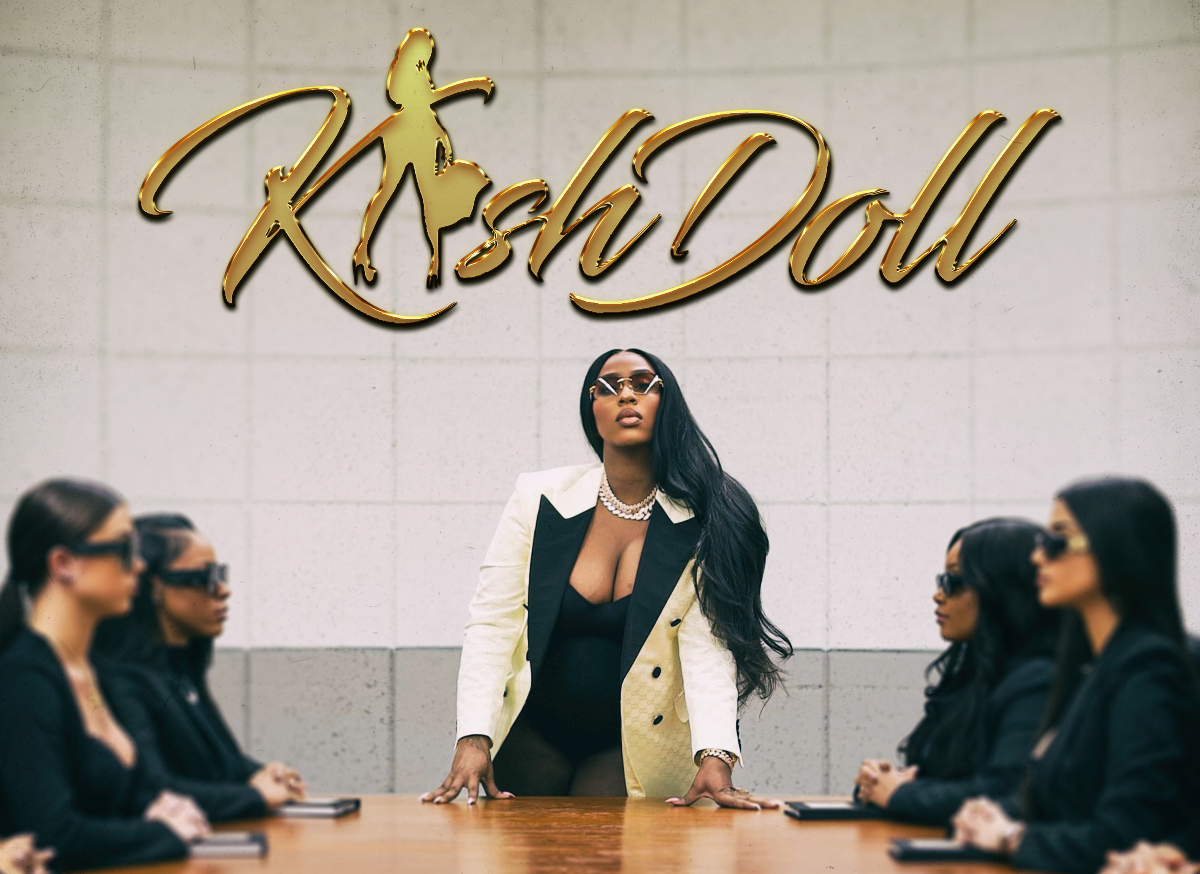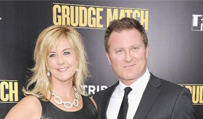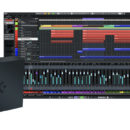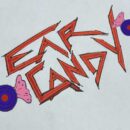Rock and Roll is what made America great. The music that was created in the USA back in the 1950s was the sound heard around the world. It inspired a generation of British teens who would bring it back to new heights in the 1960s and beyond, inspiring a new generation of American teens to rediscover their own roots. I was one of those American teens who heard that sound and never looked back. I started playing guitar and writing songs, while buying and listening to the greatest records ever made. It was a golden age for 20th Century music, with Rock and Roll front and center.
In 1967 it started to be called “Rock” to give it a more serious image. Sgt Pepper’s Lonely Hearts Club Band transformed the world of popular music. This wasn’t I Want To Hold Your Hand anymore. FM Radio was giving Radio a facelift with hipper DJs and cooler sounds not heard on the AM side. New publications like Rolling Stone and Creem began to cover and give voice to the artists and take them seriously, no longer fodder for the Teen magazines. The term Rock and Roll became a cliché, used to describe the Oldies shows.
Like most things retro, Rock and Roll has found its way back into the lexicon. Thanks in part to Americana artists keeping the flame alive and those ageless wonders, The Rolling Stones, Rock and Roll is alive and kicking in the 21st Century. The late great Tom Petty shared his thoughts on rock’n’roll in his Musicares Person of The Year speech in 2017. Tom said “I was collecting records—Rock and Roll records. Not rock; this was Rock and Roll. The roll designates a swing—there’s a swing in the roll.”
Yes, for those who are serious about their RnR, there’s a “feel” to playing it that differs from Rock. Some might call it a “backbeat” or a “groove” that is not found in modern rock. I’ve been at this for a while now and I’ve been recording and producing music to make my contribution to keeping the sound alive and hopefully, inspire a new generation to play Rock and Roll and make it their own. With that said, here are some tips:
TIP #1: THE PLAYERS
This is where it all starts. For me it’s about finding the right musicians who know how to play Rock and Roll. I’ve had the privilege to record and play with some great musicians like Garry Tallent and Max Weinberg from The E Street Band. (Hey I’m from Joisey!) I’ve done most of my studio work with the great rhythm section of drummer Steve Holley and bassist Paul Page. These guys know how to play RnR! I know that it’s not that simple and it took me years to get to this point. Like most, I started playing RnR by forming a band. I could probably write a book on this subject. Bands by nature are something special. There’s a certain camaraderie and excitement playing in a band. When it’s working it’s as good as it gets. When it’s not…needless to say, there are not too many RnR bands that make it to the “toppermost of the poppermost”. This doesn’t mean you can’t create classic RnR by yourself. Just check out Maybe I’m Amazed by Sir Paul.
TIP #2: KISS (not the band): Keep It Simple Stupid
Rock and Roll is a simple style of music. It’s best played with a band or group of musicians. Don’t overthink it. Let the rhythm be your guide. Try to keep it loose, allowing yourself to feel the beat with the other musicians. You’ll know it when you’re all in sync and when you are, the fun begins. When I’m tracking in the studio I try to keep the number of takes on a song to 3-4 takes at the most. You want it to sound fresh and not rehearsed to death.
TIP #3: RETRO IS WHERE IT’S AT
Rock and Roll is all about the electric guitar and it started in the 1950s when Leo Fender introduced the Telecaster and the Stratocaster, two of the most iconic guitars ever made. Add to that the Gibson Les Paul and ES-335T, along with the Gretsch Duo Jet and 6120 (I can’t forget Rickenbackers), and you have the beginning of the Golden Age of RnR guitars. A new Strat in 1956 cost $175. I have a 1964 Strat that I bought for $150 in 1972…ok, it’s probably worth around $10-20,000 today, but the sound is classic and that’s what you want to hear. I know the prices are crazy now, but you can still buy a good Tele or Strat at a decent price. Also, there are great new guitar makers and modern technology is always improving with plugins and effects pedals that can give you the sound of classic guitars and amps that can be very impressive sounding.
TIP #4: SuSuSTUDIO
Of course, recording on 2” analog tape on a Studer 24-track machine is a sure way to get a classic sound, but Pro Tools has pretty much made that extinct. Nevertheless, if you really want to create a classic Rock and Roll recording, then you owe it to yourself to record in a studio. I feel sorry for the younger generation of musicians today who will not have a chance at recording in the great studios that once dotted the RnR landscape. So many incredible and fabled recording studios have gone the way of the dodo, but there are still some around. Your best bet is to find a studio with a “Lifer” running it. These are the guys that will never quit and are always looking for vintage gear like an archeologist looking for that rarest of finds. They know how to get that classic sound. The early studios like Sun or Chess were primitive compared to what came later, but back in the day, they cut killer tracks. Today, vintage outboard gear like compressors and limiters are highly sought after, along with vintage mics. There’s your classic sound. They don’t make ‘em like that anymore! I’m very lucky to record at Shorefire Studios in Long Branch, NJ. It boasts the last Helios recording console ever made. This was the console used at Olympic Studios in London, where all those classic records were made by The Stones, Led Zep and many others. Also, owner and engineer (“Lifer”) Joe DeMaio has all kinds of vintage amps, keyboards, and drums. It’s like working in a RnR museum! lol
TIP #5: EXPERIMENT
Some of the coolest sounds on classic records were created by experimenting. Sometimes trial and error are the way to go. The goal of any classic recording is to create a “Vibe”. That’s a certain feeling a track has that’s just undeniable and undefinable. I like trying to create magic in the studio whenever I can and sometimes that occurs by paying attention to the little things like mistakes I like to call “happy accidents”. You never know when it’s going to happen, but when it does, try to be alert and willing to go with it. Garry Tallent once told me a story that when recording with Bruce Springsteen “mistakes” would occur. Bruce would go home and listen to the recordings, and after much listening, Bruce would not hear the “mistakes” anymore. To him they were now part of the song, and Garry said, the band would have to learn the “mistakes”.
Rock and Roll has a rich tradition and I’m honored to be part of carrying it on. But this is also the 21st Century with a new generation that can take all the new technology and information at their fingertips and create something that’s never been heard before. All it takes with Rock and Roll is a little inspiration.
When not being mistaken for the manager of Taylor Swift, Robert Allen a/k/a DownTown Mystic is busy releasing new Rock and Roll music for the 21st Century. With radio airplay on thousands of stations in over 35 countries, he’s also established himself as one of the leading sync-licensed indie artists with over 240 TV shows and films containing his music.













